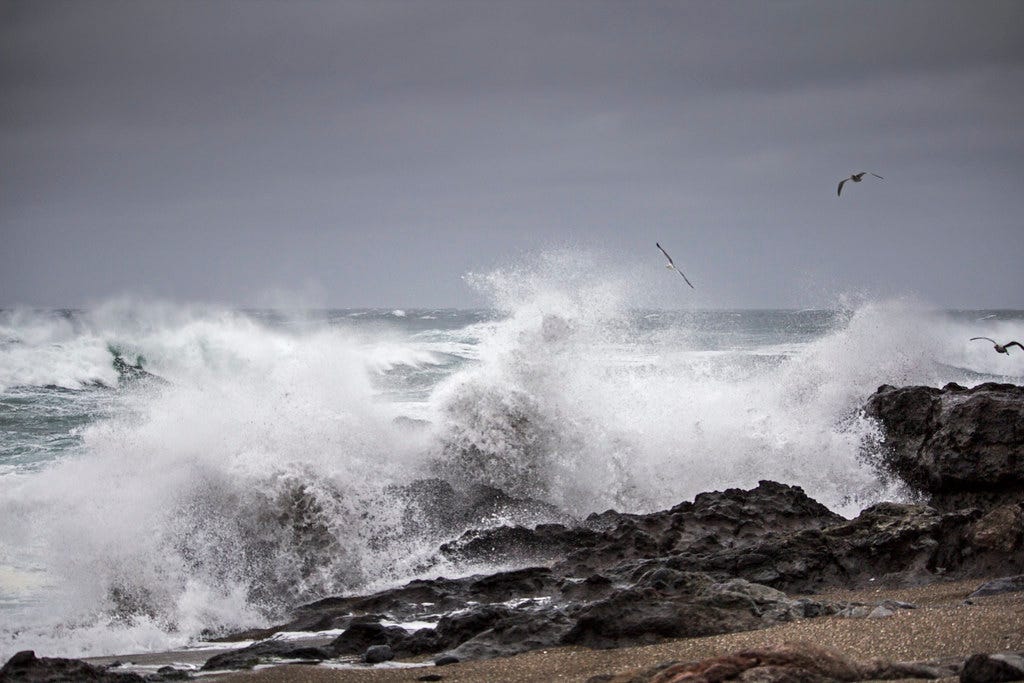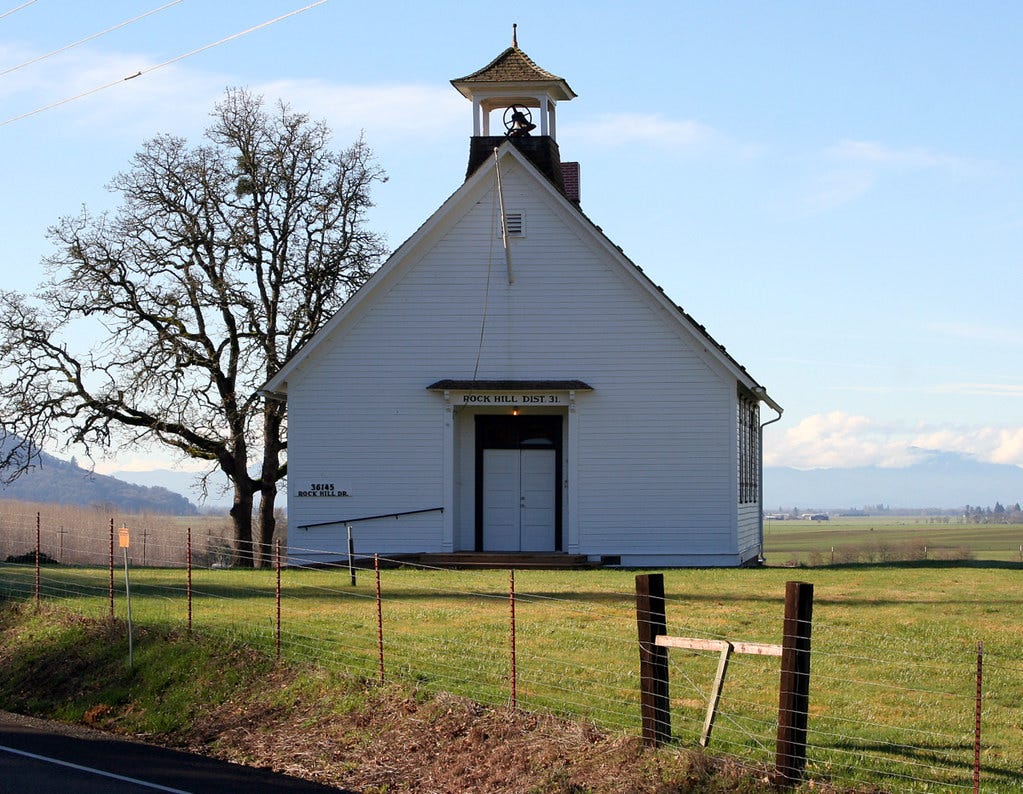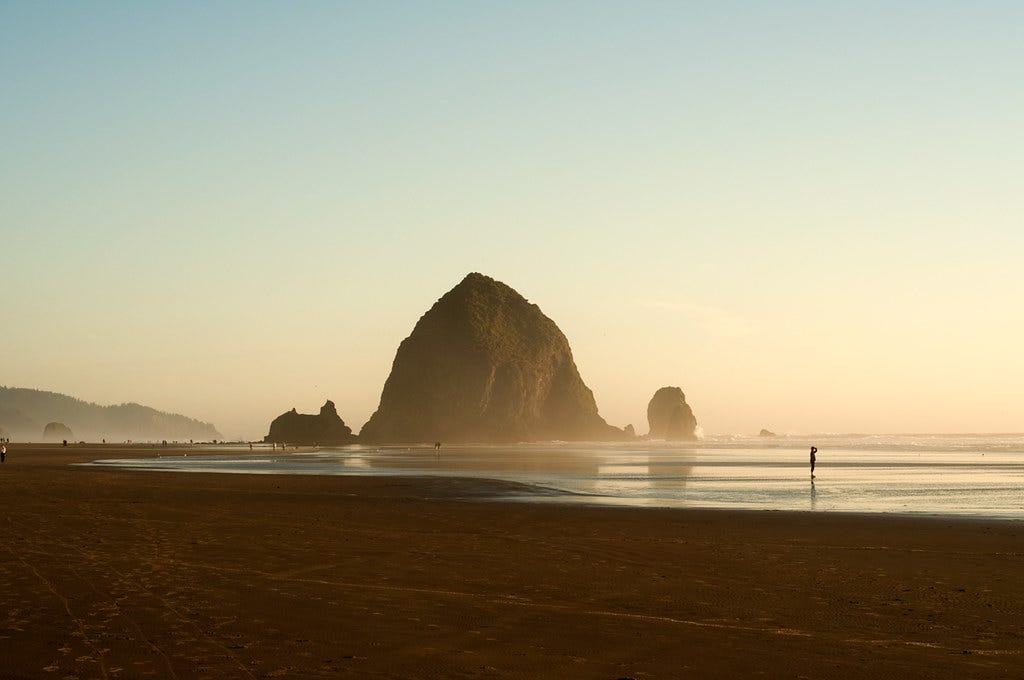Cameron Scott: The Long View
Like many educators, I wonder if and when things will return to normal, or if I am teaching during a time of fundamental shifts and changes in the education system.
Housekeeping
Upcoming posts: UO Professor David Frank and Bend City Councilor Bruce Abernethy.
Next week includes: Sue Hildick, Loran Joseph, Susheela Jayapal, and Moira Bowman.
Share your favorite post of the year — help us spread The Oregon Way and send your friends your favorite post via social media and email.
Now to the post!
Cameron Scott holds an MFA in poetry from the University of Arizona, is a fly-fishing guide and teaches 7th-12th grade English Language Arts.

At forty three, I’m a second year teacher in the time of COVID-19. Even with decades of job experiences, and plenty of life perspectives, I can’t say with any certainty what public education will look like five years from now, let alone the 2021-2022 school year. What I can say is that I now know what it feels like to navigate a long established system undergoing vast changes, and it is more akin to sailing on a sea of storms and doldrums than the previously well-tracked and established benchmarks we had.
I consider myself one of the lucky educators in Oregon, that is, a teacher who has spent most of the current school year, minus a few weeks of quarantine, teaching students in person. So far, I’ve never felt more or less, or less or more adequate in a job.
Confusing, isn’t it?
Most things are during the COVID-19 pandemic.
In rural Oregon, where I teach, we have some “one room” schoolhouses that fluctuate between two and fifteen students for K-8th grade while our biggest public schools serve a few hundred students. Our school districts are integral to each community’s identity. In addition, there have always been a contingent of home-schooled students in the county, along with an alternative-education track run by Building Healthy Families, a non-profit organization that works with the local school districts to give some students extra support and an alternative means of working toward graduation. We also have a privatized Seventh Day Adventist academy for K-10 grade students.
And, since the start of the pandemic, distance learning has also become an option. It’s an option that’s upended what it means to learn and to teach. As an educator, at least a third of my time has been taken up by and with technology since March. Like educators across the U.S., I’ve learned new systems, created an on-line platform for teaching using various apps and resources, and am able to teach both in-person and on-line at the same time. Amid that learning, though, I often feel like one of my computer game-bedazzled and ultimately brain-frazzled students that has a hard time concentrating on learning tasks.

Along with a third of my time being taken up by and with technology, I’ve noticed that about a third of my students (during fourth quarter distance-learning and during a two week long quarantine during a COVID-19 outbreak in my school) cannot function at all in a distance-learning model. No matter how entertaining, whacky, easy, or otherwise engaging I’ve tried to make distance learning, they disengage.
Period.
End of story.
Where it is they retreat to, these adolescent harbingers of the future? For every student, there seems to be an individual struggle.
Along with this lost third, a second third of my students engage on-line about half the time. Which is to say, engage with or accomplish 40-70% of their work, and do, or do not show up.
And a final third of my students who are able to engage, balance time management, and learn on-line. Which is to finally say, unless you are intrinsically motivated, or enjoy the distance-learning format, distance learning as a developmental model for the public school system seems to fall short. Simply put, remote learning is like trying to use band-aids when stitches are needed. Sure, band-aids can work if you are really good at applying them, especially if you have the resources for special kinds, can sit still, and focus solely on healing. Otherwise, distance learning seems to leave a lot of festering, or at best, scarring.

While I know that public education doesn’t work for everyone, I was drawn to serve and teach in the public sector. Even with daily mask-wrestling debates, social distancing debacles, and a million pieces of student learning to pick up, brush off, and continue implementing, I feel like in-person public school is the place where I see the most student success.
Like many educators, I wonder if and when things will return to normal, or if I am teaching during a time of fundamental shifts and changes in the education system. Most of all, I’m curious how Oregon’s school system will weather this time of doldrums and storms, each and everyone one of us, cast out to sea. Will we discover new islands of theories and trends to help us strengthen our own teaching and ideals, or simply find some respite on sandy beaches, knowing that soon we must venture forth again, weary for what was?
*************************************************
Keep the conversation going:
Facebook (facebook.com/oregonway)
Twitter (@the_oregon_way)
Check out our podcast:
#105


